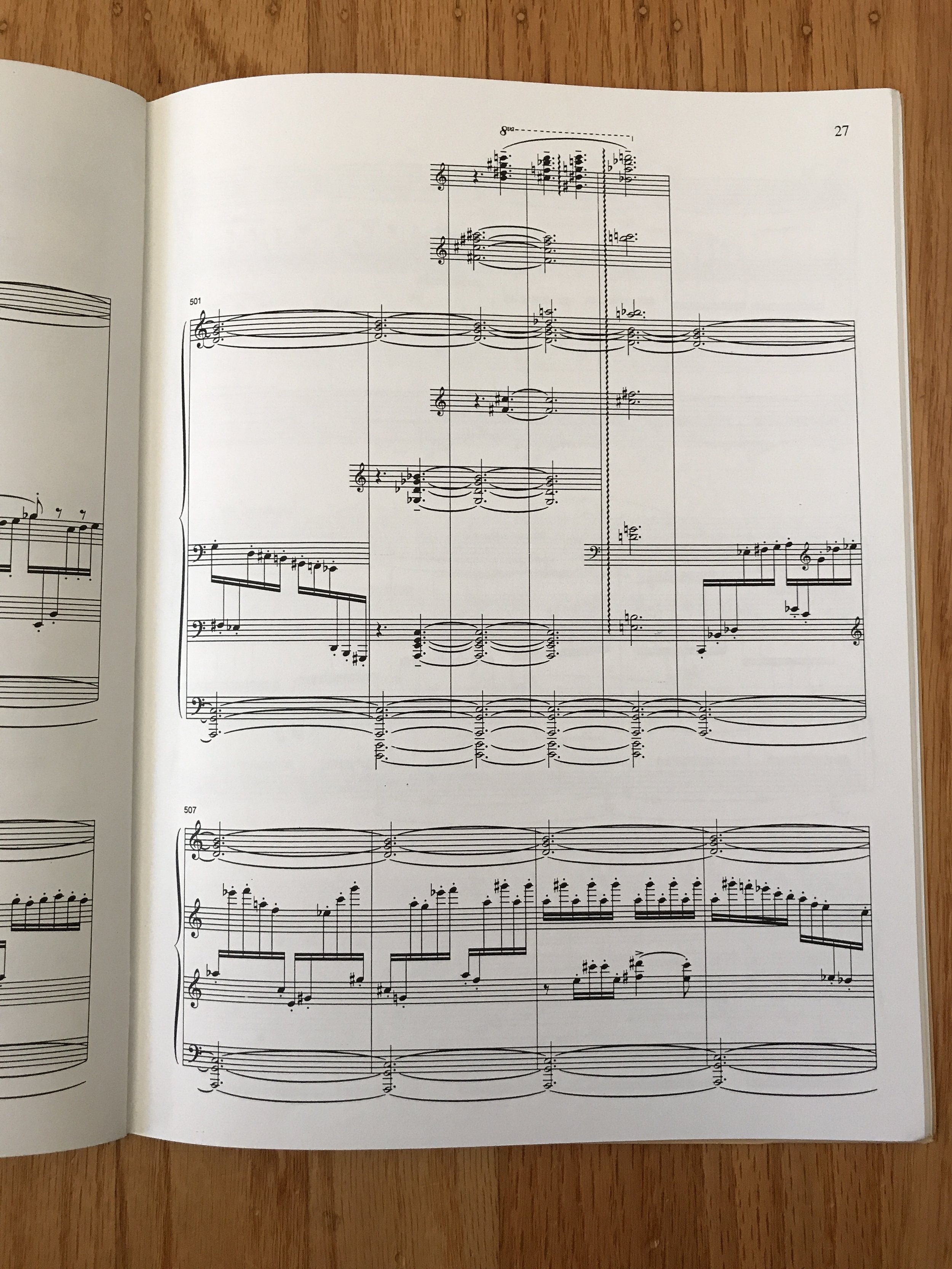why compose
I've found that every piece I finish that I'm happy with was, in some way, the result of a new method of working, some kind of exploration. sometimes there is extramusical "content" or "inspiration" or "what I have to say", but the real pleasure in composing, for me, is derived from the solving of new puzzles, which sometimes "inspiration" provides, or even is, in itself.
I don't think this makes my music any less meaningful to me; there is a real joy in the purposeful arrangement of elements that really does transcend the merely topical. if I can find in myself ideas strong enough to withstand any other mental/spiritual barrier, that is meaningful to me.
it's absurd, really, and I'm indeed actively searching for an avenue to explore worldly matters in my work, to use composition as a means of apprehension – but again, the inspiration is not fully found in the topic but in the quest(ion) of how to confront it.
- artful, as opposed to artlessness
- "arts and crafts", craft as in work, technique (well-crafted)
- technique, as in art (the art of doing something). art as "work" – we say *work* of art




